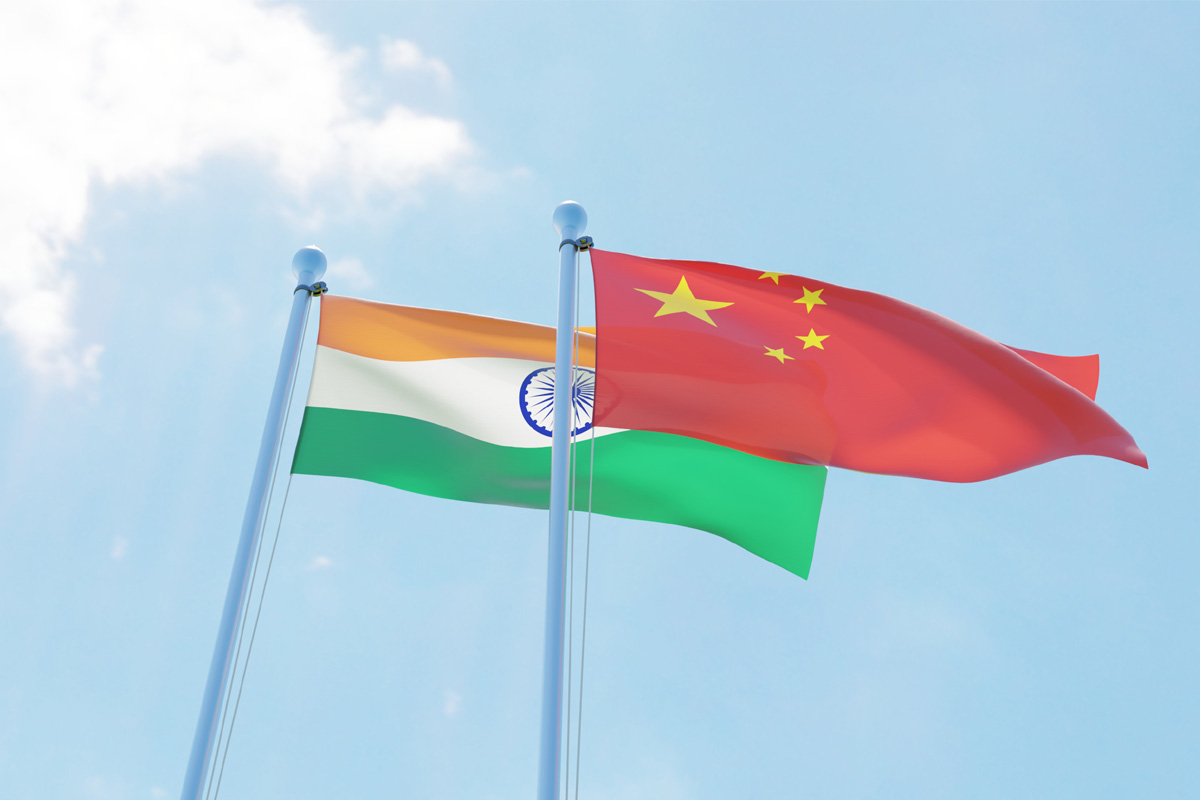At the peak of the Cold War, US Secretary of Defense James Schlesinger cautioned against what he termed the “ten-foot-tall syndrome” or the proclivity of American policy makers to view their Soviet counterparts as towering figures of immense strength and overwhelming intellect.
In a recent article in the influential journal Foreign Policy, the argument is made that a similar syndrome has taken hold in America today, and the harms are not just analytical. Concentrating on China’s strengths without accounting for its vulnerabilities creates anxiety.
Advertisement
Anxiety breeds insecurity. Insecurity leads to overreaction, and overreaction produces bad decisions that undermine the US’ own competitiveness. Seeing China clearly is the first step toward getting the China policy right, the article iterates. Recent Sino-Indian tensions including over the border issue have shown that New Delhi is learning fast from the mistakes made by Washington.
So, there is a welcome and clear-headed acceptance of the fact that China has become the driver of global economic growth, the largest trading nation in the world, and the largest destination for foreign direct investment. The Belt and Road Initiative (BRI), which is touted as the largest development project of the 21st century, is also recognised for what it is ~ a potent tool for Beijing to win greater influence in every corner of the world.
The Indian policy establishment has factored in the dual-use technologies China is exporting ~ from computer chips to 5G ~ which will aid its aim of converting its economic and political heft into unrivalled military might. Equally, however, the PLA has not been tested in real battle conditions in over four decades.
One of the reasons Beijing encourages state-controlled media to take an inordinate interest in running down India is because China recognises that unlike the USA, Japan, Australia or Vietnam, its southern neighbour poses a challenge to it which none of the aforementioned countries does.
First, India has shown post-Doklam that it is willing to militarily escalate the situation if what it considers Chinese expansionism doesn’t stop. Secondly, the potential economic challenge posed by India over the next two decades if it gets its act together is the real danger for Chinese hegemony, not the US-led West which is merely fighting to protect the prosperity it has got used to.
As Chen Yixin, a top-ranking security official, told a Chinese Communist Party study session in January this year: “The rise of the East and decline of the West has become a trend.” India, as an integral part of the East but very much outside the Chinese sphere of influence, is, to put it bluntly, a thorn in Beijing’s side.
India’s allegedly dysfunctional democracy, its shambolic infrastructure, the failure of the state to meet the basic requirements of food, water, shelter and education for its citizens all find a place of pride in Chinese media reportage with the occasional feel-good story thrown in to project ‘balance’.
The latest trend is to celebrate China’s success in ‘defeating’ Covid-19 and reopening the country, while pointing out with barely concealed glee that the USA, India and others are struggling. The momentum is with China but will time be on India’s side?











